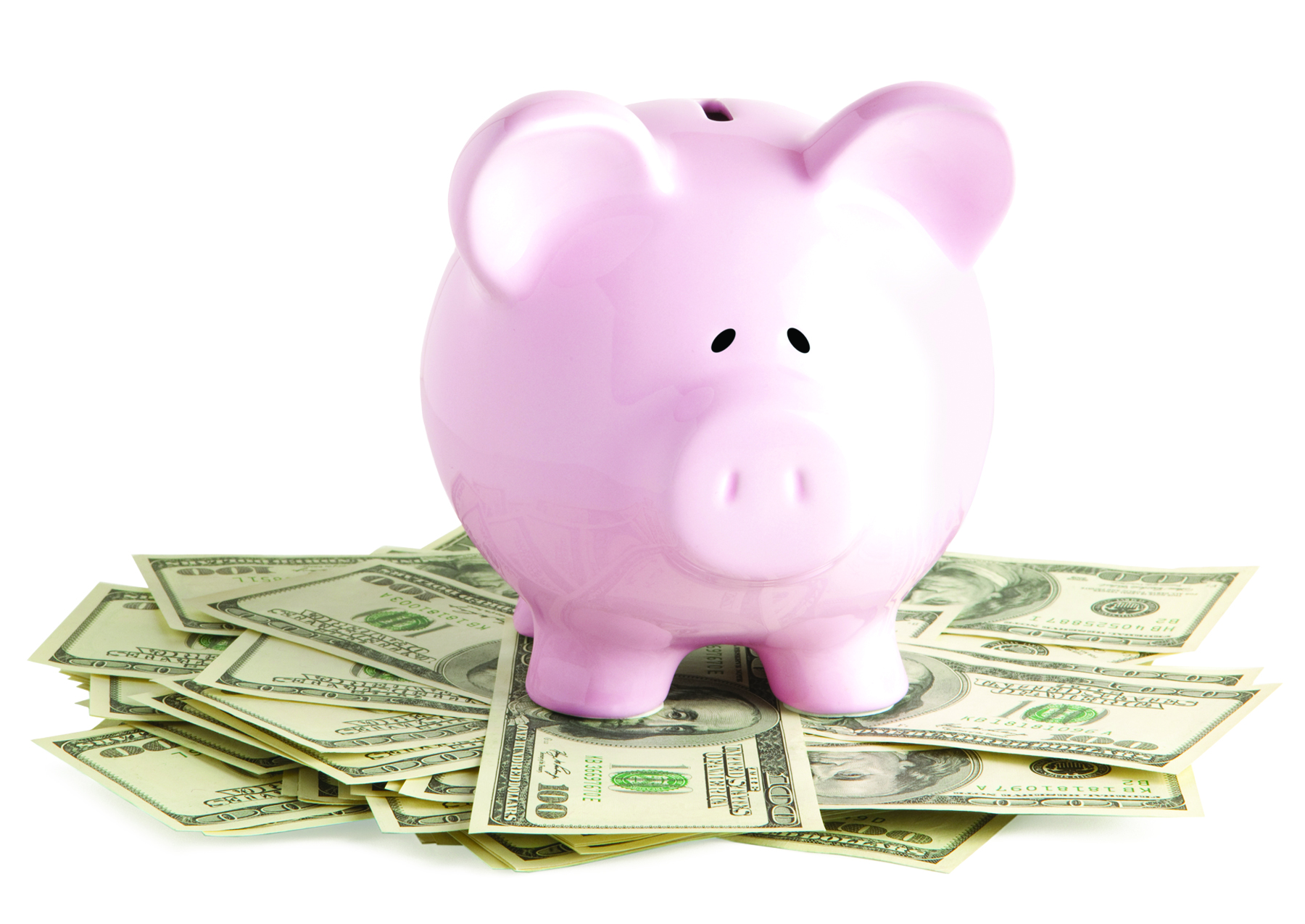Saving coins in a piggy bank. Collecting a weekly allowance. Getting paid for babysitting. Every student enters the classroom having some experience with personal finance. That’s why FUTURES: Financially Literate Kids for a Financially Literate Society™ Program begins with this foundational topic.
This program’s in-depth Personal Finance topics cover key “life-skill” areas:
Budgeting and Goal Setting
Taxes
Savings
Philanthropy
Personal Banking
Interest
Loans and Credit
Employment and Income
In this post, we’ll take a deep dive into the first of the four program strands, Personal Finance. This topic adds value to everyone—students, teachers, leaders, and families alike. We can all benefit from a deeper understanding of personal finance—from allowance and pay checks to savings and donations, personal finance savvy helps us to make wise choices.
In this easy-to-access program, the Personal Finance strand has 8 sections. Each of the 29 sections across the program are organized in consistent way, allowing you to spot the exact content and resources that will best meet your objectives. Designed to help teachers “meet their students where they are,” each section is divided into 5 parts, to provide a spiraled, progressive presentation of the topic. This approach provides students with 5 levels of instruction, moving from basic to advanced understanding of related personal finance topics. Each section is organized around a Focus Question. The Budget and Goal Setting section, for example, asks students to consider the following: “When, how, and why is it beneficial to manage your money?” Just think of the discussions this question will inspire!
Each of the five program levels—from Basic Understanding and Application to Advanced Understanding and Application—features its own set of lesson objectives, lesson plan, and a full array of related and highly versatile teacher resources, all ready to use.
In this first section, students learn fundamental Personal Finance skills including how to create a budget, adjust their budget, and track expenses over time. Teachers will find great tools to help guide students through activities such as creating a personal finance goals booklet, completing a worksheet on required vs. discretionary spending, and writing a personal spending diary.
Taking a multidisciplinary approach, the program’s supplemental activities extend the curriculum into different subject areas—including math, art, writing, science, and social studies.
FUTURES™ reaches well beyond the classroom; with its leveled instructional approach and materials, FUTURES™ is an ideal springboard for focused family financial fun.
It’s easy for families to quickly adapt these extension activities like the Language Arts activity that’s based on the book, The Hundred Penny Box by Sharon Bell Mathis. Click here to purchase this book on Amazon.
Once you finish the book, help your kids to develop Social Studies skills as they identify their own personal finance goals and begin to create a budget to achieve their goal within a specific time frame. Links to kid-friendly money management and financial news websites provide additional support and resources in each section, great for kids who prefer a nonfiction approach.
The easy-to-use and flexible program can be adapted for your classroom—or your family room. FUTURES is easy to modify to meet the needs of your class, your family, and your kids!
Visit Us Every Day in April
Tomorrow, tune in as we continue Financial Literacy Month with a post about goal setting. How can we set realistic financial goals? Why is this important?
For more information about FUTURES: Financially Literate Kids for a Financially Literate Society™ for students in kindergarten through eighth grade or to download any of the 29 sections of the program, please click below.


